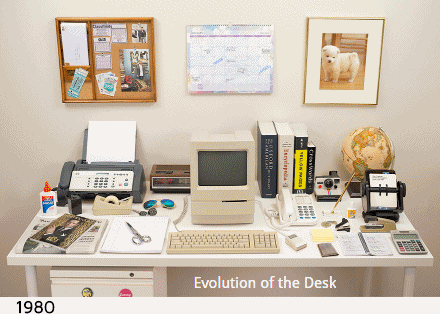Page 11048
Sep 10, 2015
When robots start acting like humans you can expect the worst
Posted by Sean Brazell in categories: entertainment, robotics/AI
Corporations aren’t inherently evil, they’re only as greedy as the humans behind them. It’s the same thing with robots. Robots have no emotions—they’re just a pile of metal, screws and circuits—but they will be as mean, selfish, and avaricious as the people programming them.
Wire Cutters is a brilliantly crafted student film directed and animated by Jack Anderson. It tells the story of two robots from rival mining companies that meet by chance in a desolate planet.
Sep 10, 2015
Transhumanists are on a quest to discover eternal life. Is the citizen science they use the future of technology?
Posted by Zoltan Istvan in categories: bioengineering, life extension, transhumanism
Interesting article in The Telegraph on biohacking and recent Grindfest, where the Immortality Bus stopped:
Immortality aside, DIY “bio-hacking” could provide solutions to everyday problems, despite the risks involved.
Sep 10, 2015
Blockchain & Artificial Intelligence
Posted by Michael Paton in categories: bitcoin, electronics, entertainment, existential risks, internet, lifeboat, robotics/AI, security
A piece I wrote recently about blockchain & AI, and how I see the Lifeboat Foundation as a crucial component in a bright future.
Blockchain technology could lead to an AI truly reminiscent of the human brain, with less of its frailties, and more of its strengths. Just as a brain is not inherently dictated by a single neuron, neither is the technology behind bitcoin. The advantage (and opportunity) in this sense, is the advent of an amalgamation of many nodes bridged together to form an overall, singular function. This very much resembles the human brain (just as billions of neurons and synapses work in unison). If we set our sights on the grander vision of things, humans could accomplish great things if we utilize this technology to create a truly life-like Artificial Intelligence. At the same time, we need to keep in mind the dangers of such an intelligence being built upon a faultless system that has no single point of failure.
Just as any technology has upsides and corresponding downsides, this is no exception. The advantages of this technology are seemingly endless. In the relevant sense, it has the ability to create internet services without the same downfalls exploited in the TV show ‘Mr. Robot,’ where a hacker group named “fsociety” breached numerous data centers and effectively destroyed every piece of data the company held, causing worldwide ramifications across all of society. Because blockchain technology ensures no centralized data storage (by using all network users as nodes to spread information), it can essentially be rendered impossible to take down. Without a single targeted weak point, this means a service that, in the right hands, doesn’t go offline from heavy loads, which speeds up as more people use it, has inherent privacy/security safeguards, and unique features that couldn’t be achieved with conventional technology. In the wrong hands, however, this could be outright devastation. Going forward, we must tread lightly and not forget to keep tabs on this technology, as it could run rampant and destroy society as we know it.
Sep 10, 2015
GoPro is now selling its crazy 16-camera virtual reality rig
Posted by Sean Brazell in categories: entertainment, virtual reality

The wild, behemoth 16-camera virtual reality rig that GoPro announced at Google’s I/O conference is officially called “Odyssey,” and is now available for purchase. But it is not for everyone. It costs $15,000, and only “professional content creators and producers” will be allowed to buy it — after they submit an application.
That price tag might make your eyes spin, but it does cover a good amount of equipment. Buying an Odyssey means you get 16 of GoPro’s top-of-the-line Hero 4 Black, a microphone, the rig and all the necessary cables, a Pelican case to carry it all in, as well as a warranty and support. For a production company that’s looking to get into the virtual reality game but doesn’t necessarily want to go the DIY route, this could be the best option.
Watch the original at http://bestreviews.com/#reviews!
Sep 10, 2015
Russia will equip all gas stations with electric vehicle chargers
Posted by Shailesh Prasad in category: transportation
According to the Moscow Times, Russian prime minister Dmitry Medvedev signed a decree in August requiring all gas stations to be electric car-friendly by November 1, 2016.
Sep 10, 2015
Alzheimer’s BOMBSHELL: British experts find disease can be PASSED between humans
Posted by Dan Kummer in category: biotech/medical
ALZHEIMER’S could be passed between humans during routine operations including dental work, shocking new research suggests.
Sep 9, 2015
Speed of 1 Terabits per second no longer science fiction says Huawei
Posted by Shailesh Prasad in category: internet
Sending 33 HD films in a sec! Huawei and Proximus successfully transfer 1 Tbps data over optical signal.
Sep 9, 2015
The new Apple Pencil in action on the Apple iPad Pro
Posted by Shailesh Prasad in categories: electronics, media & arts

At last, Apple has made a stylus for their new giant iPad Pro. It seems to work beautifully. Here’s the ad that describes it.
















